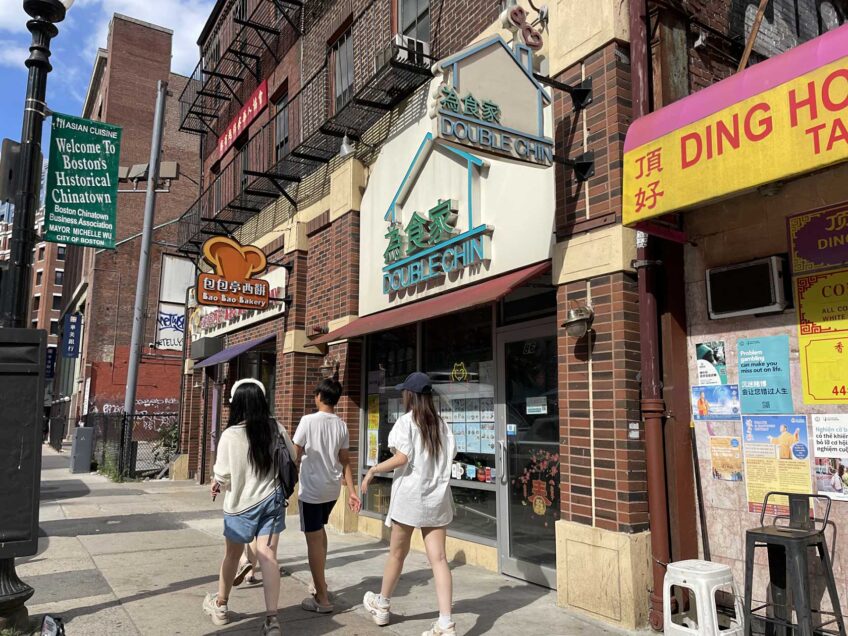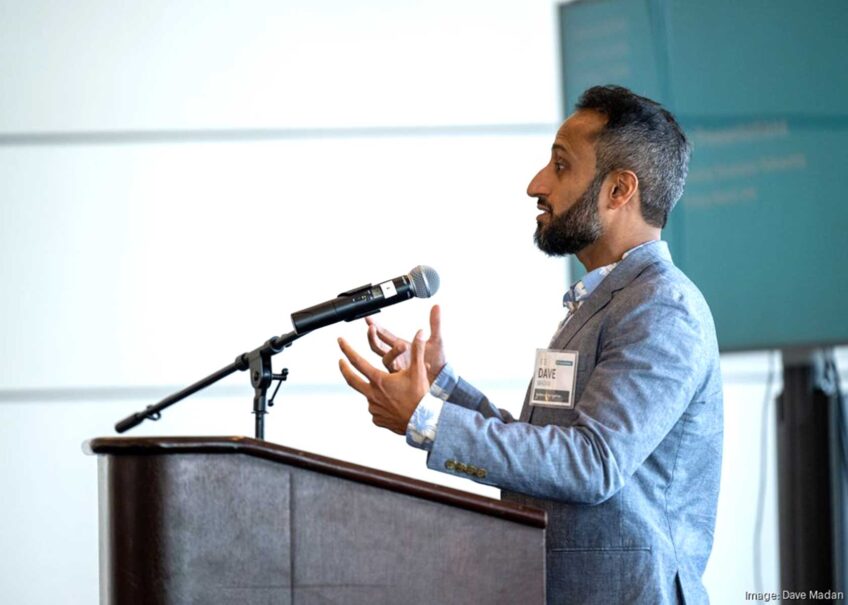
The Boston School Department has for two years focused on improving education in a “Circle of Promise,” an area in Roxbury, Dorchester, Jamaica Plain and the South End where 11 of the city’s 12 underperforming schools are concentrated.
Also concentrated in those five square miles are high levels of asthma, residential foreclosures and homelessness, according to published statistics.
All three have been shown to hamper academic progress, James Jennings, a Tufts University professor, noted in a presentation at Northeastern University last week.
Children with asthma are absent from school more often, while a family losing housing through foreclosure and becoming homeless can cause students to start classes at one school but finish the year at another, which can be academically damaging.
Jennings suggested that the school committee consider these inequalities affecting students of color as its members decide on a new student assignment plan to create neighborhood schools, reduce transportation costs and simplify the choices facing parents.
Superintendent Carol Johnson said the school system alone cannot counter those inequalities but acknowledged their “compounding impact” as a consideration in drafting new zones for school attendance.
“What exists in many of our urban cities, not only Boston, is a complex web of inequality. And so because it is a complex web of inequality, it requires a response on multiple levels,” Johnson said. “While the resources may have been distributed to the schools, if you have a really complex web of inequality, tapping into one element will not be a sufficient lever to change the course of the future.”
Johnson envisioned greater roles for advocacy groups, community organizations, libraries and YMCAs, but added: “It may be about busing some kids to some neighborhoods to get equality, but it’s also about making sure everything not get abandoned in our neighborhoods.”
School officials have drafted five plans to produce more neighborhood schools. The plans have between zero and 23 attendance zones, compared with the current design’s three.
Mayor Thomas Menino has pressed for a return to neighborhood schools, without citing research that shows they produce better academic results. He has been responding to pressure from parents of white students, a 13 percent minority among the city’s 57,000 students. Despite the large number of recent immigrants of color, white voters remain the dominant political force in city elections.
Resistance has come from elected officials, community leaders and educators of color whose greatest fear is black and Hispanic students becoming trapped in underperforming schools.
“The purposes of busing kids today may not be the same reasons for busing kids” under the federal desegregation order of 1974, said Charles Desmond, chairman of the Massachusetts Board of Higher Education.
White parents and parents of color appear to have divergent goals as school attendance boundaries are shifted. White parents want neighborhood schools, which they presume are of quality. Parents of color want access to quality schools — wherever they may be.
As it is now, academic researchers are studying the five draft plans in an effort to predict the school choices parents will make under each one. Those plans, however, lack a focus on the system’s major educational problem — the concentration of poor schools in the “Circle of Promise.” That also stands as the biggest political obstacle to a more neighborhood-based and less busing-intensive way to get students to school.
Johnson said a new assignment plan will not completely address educational shortfalls in that area, such as attracting the best principals and teachers to underperforming schools to serve the system’s students with the greatest needs.
“The student assignment plan will answer some questions, but it will not answer others,” she said.
The plan might provide more answers if it reflects more boldness and creativity than the five on the table.
The open dialogue between Johnson and black community leaders was the last in a series of four sponsored by the Trotter Institute at UMass Boston. Last week’s session was hosted at the O’Bryant African-American Institute at Northeastern.






